首先我们打开摄像头并按下‘g’键开始标定:
[cpp] view plain copy print?
VideoCapture cap(1);
cap.set(CV_CAP_PROP_FRAME_WIDTH,640);
cap.set(CV_CAP_PROP_FRAME_HEIGHT,480);
if(!cap.isOpened()){
std::cout《《“打开摄像头失败,退出”;
exit(-1);
}
namedWindow(“Calibration”);
std::cout《《“Press ‘g’ to start capturing images!”《《endl;
VideoCapture cap(1);
cap.set(CV_CAP_PROP_FRAME_WIDTH,640);
cap.set(CV_CAP_PROP_FRAME_HEIGHT,480);
if(!cap.isOpened()){
std::cout《《“打开摄像头失败,退出”;
exit(-1);
}
namedWindow(“Calibration”);
std::cout《《“Press ‘g’ to start capturing images!”《《endl;
[cpp] view plain copy print?
if( cap.isOpened() && key == ‘g’ )
{
《span style=“white-space:pre”》 《/span》mode = CAPTURING;
}
if( cap.isOpened() && key == ‘g’ )
{
《span style=“white-space:pre”》 《/span》mode = CAPTURING;
}
按下空格键(SPACE)后使用findChessboardCorners函数在当前帧寻找是否存在可用于标定的角点,如果存在将其提取出来后亚像素化并压入角点集合,保存当前图像:
[cpp] view plain copy print?
if( (key & 255) == 32 )
{
image_size = frame.size();
/* 提取角点 */
Mat imageGray;
cvtColor(frame, imageGray , CV_RGB2GRAY);
bool patternfound = findChessboardCorners(frame, board_size, corners,CALIB_CB_ADAPTIVE_THRESH + CALIB_CB_NORMALIZE_IMAGE + CALIB_CB_FAST_CHECK );
if (patternfound)
{
n++;
tempname《《n;
tempname》》filename;
filename+=“.jpg”;
/* 亚像素精确化 */
cornerSubPix(imageGray, corners, Size(11, 11), Size(-1, -1), TermCriteria(CV_TERMCRIT_EPS + CV_TERMCRIT_ITER, 30, 0.1));
count += corners.size();
corners_Seq.push_back(corners);
imwrite(filename,frame);
tempname.clear();
filename.clear();
}
else
{
std::cout《《“Detect Failed.\n”;
}
}
if( (key & 255) == 32 )
{
image_size = frame.size();
/* 提取角点 */
Mat imageGray;
cvtColor(frame, imageGray , CV_RGB2GRAY);
bool patternfound = findChessboardCorners(frame, board_size, corners,CALIB_CB_ADAPTIVE_THRESH + CALIB_CB_NORMALIZE_IMAGE + CALIB_CB_FAST_CHECK );
if (patternfound)
{
n++;
tempname《《n;
tempname》》filename;
filename+=“.jpg”;
/* 亚像素精确化 */
cornerSubPix(imageGray, corners, Size(11, 11), Size(-1, -1), TermCriteria(CV_TERMCRIT_EPS + CV_TERMCRIT_ITER, 30, 0.1));
count += corners.size();
corners_Seq.push_back(corners);
imwrite(filename,frame);
tempname.clear();
filename.clear();
}
else
{
std::cout《《“Detect Failed.\n”;
}
}
角点提取完成后开始标定,首先初始化定标板上角点的三维坐标:
[cpp] view plain copy print?
for (int t=0;t《image_count;t++)
{
《span style=“white-space:pre”》 《/span》vector《Point3f》 tempPointSet;
for (int i=0;i《board_size.height;i++)
{
《span style=“white-space:pre”》 《/span》for (int j=0;j《board_size.width;j++)
{
/* 假设定标板放在世界坐标系中z=0的平面上 */
Point3f tempPoint;
tempPoint.x = i*square_size.width;
tempPoint.y = j*square_size.height;
tempPoint.z = 0;
tempPointSet.push_back(tempPoint);
《span style=“white-space:pre”》 《/span》}
}
object_Points.push_back(tempPointSet);
}
for (int t=0;t《image_count;t++)
{
《span style=“white-space:pre”》 《/span》vector《Point3f》 tempPointSet;
for (int i=0;i《board_size.height;i++)
{
《span style=“white-space:pre”》 《/span》for (int j=0;j《board_size.width;j++)
{
/* 假设定标板放在世界坐标系中z=0的平面上 */
Point3f tempPoint;
tempPoint.x = i*square_size.width;
tempPoint.y = j*square_size.height;
tempPoint.z = 0;
tempPointSet.push_back(tempPoint);
《span style=“white-space:pre”》 《/span》}
}
object_Points.push_back(tempPointSet);
}
使用calibrateCamera函数开始标定:
[cpp] view plain copy print?
calibrateCamera(object_Points, corners_Seq, image_size, intrinsic_matrix ,distortion_coeffs, rotation_vectors, translation_vectors);
calibrateCamera(object_Points, corners_Seq, image_size, intrinsic_matrix ,distortion_coeffs, rotation_vectors, translation_vectors);
完成定标后对标定进行评价,计算标定误差并写入文件:
[cpp] view plain copy print?
std::cout《《“每幅图像的定标误差:”《《endl;
fout《《“每幅图像的定标误差:”《《endl《《endl;
for (int i=0; i《image_count; i++)
{
vector《Point3f》 tempPointSet = object_Points[i];
/**** 通过得到的摄像机内外参数,对空间的三维点进行重新投影计算,得到新的投影点 ****/
projectPoints(tempPointSet, rotation_vectors[i], translation_vectors[i], intrinsic_matrix, distortion_coeffs, image_points2);
/* 计算新的投影点和旧的投影点之间的误差*/
vector《Point2f》 tempImagePoint = corners_Seq[i];
Mat tempImagePointMat = Mat(1,tempImagePoint.size(),CV_32FC2);
Mat image_points2Mat = Mat(1,image_points2.size(), CV_32FC2);
for (int j = 0 ; j 《 tempImagePoint.size(); j++)
{
image_points2Mat.at《Vec2f》(0,j) = Vec2f(image_points2[j].x, image_points2[j].y);
tempImagePointMat.at《Vec2f》(0,j) = Vec2f(tempImagePoint[j].x, tempImagePoint[j].y);
}
err = norm(image_points2Mat, tempImagePointMat, NORM_L2);
total_err += err/= point_counts[i];
std::cout《《“第”《《i+1《《“幅图像的平均误差:”《《err《《“像素”《《endl;
fout《《“第”《《i+1《《“幅图像的平均误差:”《《err《《“像素”《《endl;
}
std::cout《《“总体平均误差:”《《total_err/image_count《《“像素”《《endl;
fout《《“总体平均误差:”《《total_err/image_count《《“像素”《《endl《《endl;
std::cout《《“评价完成!”《《endl;
std::cout《《“每幅图像的定标误差:”《《endl;
fout《《“每幅图像的定标误差:”《《endl《《endl;
for (int i=0; i《image_count; i++)
{
vector《Point3f》 tempPointSet = object_Points[i];
/**** 通过得到的摄像机内外参数,对空间的三维点进行重新投影计算,得到新的投影点 ****/
projectPoints(tempPointSet, rotation_vectors[i], translation_vectors[i], intrinsic_matrix, distortion_coeffs, image_points2);
/* 计算新的投影点和旧的投影点之间的误差*/
vector《Point2f》 tempImagePoint = corners_Seq[i];
Mat tempImagePointMat = Mat(1,tempImagePoint.size(),CV_32FC2);
Mat image_points2Mat = Mat(1,image_points2.size(), CV_32FC2);
for (int j = 0 ; j 《 tempImagePoint.size(); j++)
{
image_points2Mat.at《Vec2f》(0,j) = Vec2f(image_points2[j].x, image_points2[j].y);
tempImagePointMat.at《Vec2f》(0,j) = Vec2f(tempImagePoint[j].x, tempImagePoint[j].y);
}
err = norm(image_points2Mat, tempImagePointMat, NORM_L2);
total_err += err/= point_counts[i];
std::cout《《“第”《《i+1《《“幅图像的平均误差:”《《err《《“像素”《《endl;
fout《《“第”《《i+1《《“幅图像的平均误差:”《《err《《“像素”《《endl;
}
std::cout《《“总体平均误差:”《《total_err/image_count《《“像素”《《endl;
fout《《“总体平均误差:”《《total_err/image_count《《“像素”《《endl《《endl;
std::cout《《“评价完成!”《《endl;
显示标定结果并写入文件:
[cpp] view plain copy print?
std::cout《《“开始保存定标结果………………”《《endl;
Mat rotation_matrix = Mat(3,3,CV_32FC1, Scalar::all(0)); /* 保存每幅图像的旋转矩阵 */
fout《《“相机内参数矩阵:”《《endl;
fout《《intrinsic_matrix《《endl《《endl;
fout《《“畸变系数:\n”;
fout《《distortion_coeffs《《endl《《endl《《endl;
for (int i=0; i《image_count; i++)
{
fout《《“第”《《i+1《《“幅图像的旋转向量:”《《endl;
fout《《rotation_vectors[i]《《endl;
/* 将旋转向量转换为相对应的旋转矩阵 */
Rodrigues(rotation_vectors[i],rotation_matrix);
fout《《“第”《《i+1《《“幅图像的旋转矩阵:”《《endl;
fout《《rotation_matrix《《endl;
fout《《“第”《《i+1《《“幅图像的平移向量:”《《endl;
fout《《translation_vectors[i]《《endl《《endl;
}
std::cout《《“完成保存”《《endl;
fout《《endl;
std::cout《《“开始保存定标结果………………”《《endl;
Mat rotation_matrix = Mat(3,3,CV_32FC1, Scalar::all(0)); /* 保存每幅图像的旋转矩阵 */
fout《《“相机内参数矩阵:”《《endl;
fout《《intrinsic_matrix《《endl《《endl;
fout《《“畸变系数:\n”;
fout《《distortion_coeffs《《endl《《endl《《endl;
for (int i=0; i《image_count; i++)
{
fout《《“第”《《i+1《《“幅图像的旋转向量:”《《endl;
fout《《rotation_vectors[i]《《endl;
/* 将旋转向量转换为相对应的旋转矩阵 */
Rodrigues(rotation_vectors[i],rotation_matrix);
fout《《“第”《《i+1《《“幅图像的旋转矩阵:”《《endl;
fout《《rotation_matrix《《endl;
fout《《“第”《《i+1《《“幅图像的平移向量:”《《endl;
fout《《translation_vectors[i]《《endl《《endl;
}
std::cout《《“完成保存”《《endl;
fout《《endl;
具体的代码实现和工程详见:Calibration
运行截图:
下一节我们将使用RPP相机姿态算法得到相机的外部参数:旋转和平移。
2015/11/14补充:
所有分辨率下的畸变(k1,k2,p1,p2)相同,但内参不同(fx,fy,u0,v0),不同分辨率下需要重新标定相机内参。以下是罗技C920在1920*1080下的内参:
2016/08/20补充:
findChessboardCorners函数的第二个参数是定义棋盘格的横纵内角点个数,要设置正确,不然函数找不到合适的角点,返回false。如下图中的横内角点是12,纵内角点是7,则Size board_size = Size(12, 7);
 电子发烧友App
电子发烧友App















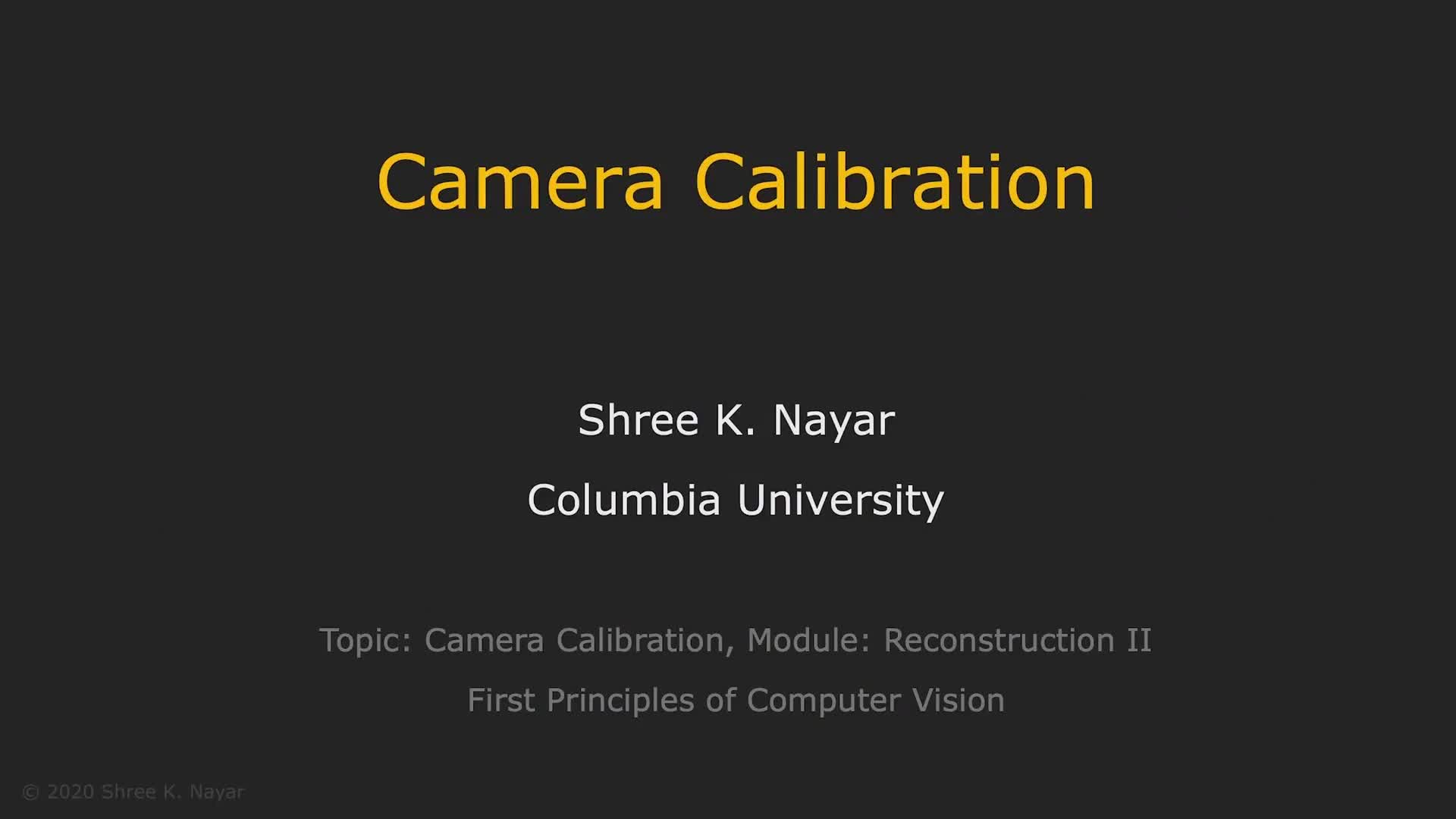












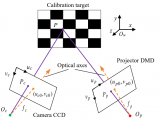


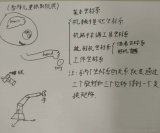
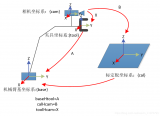
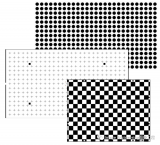






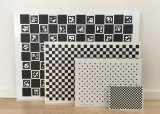












评论